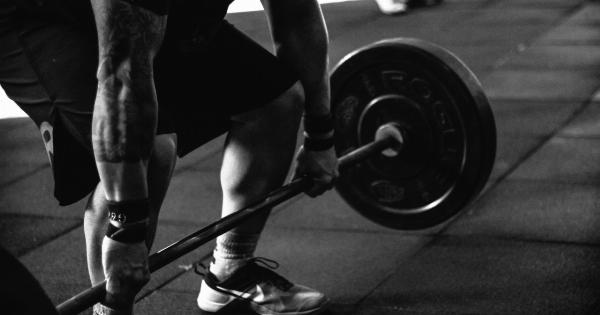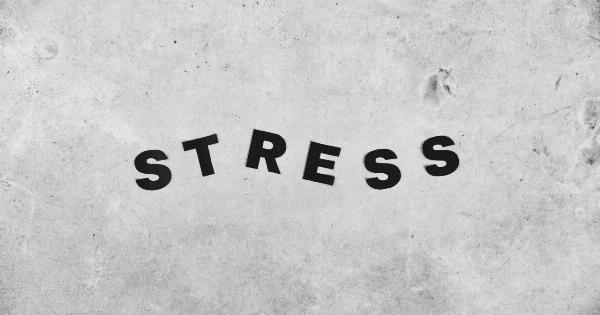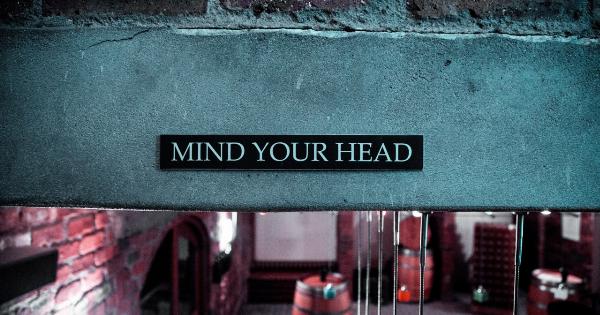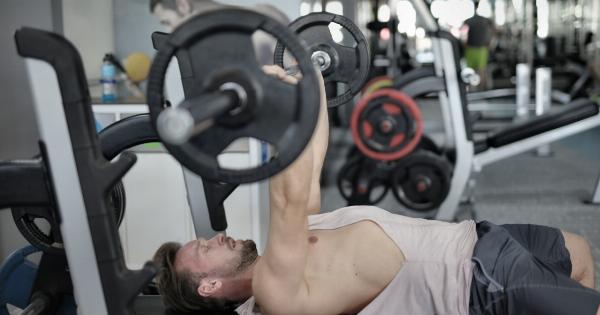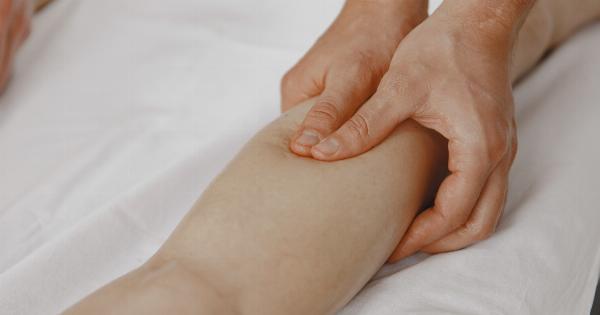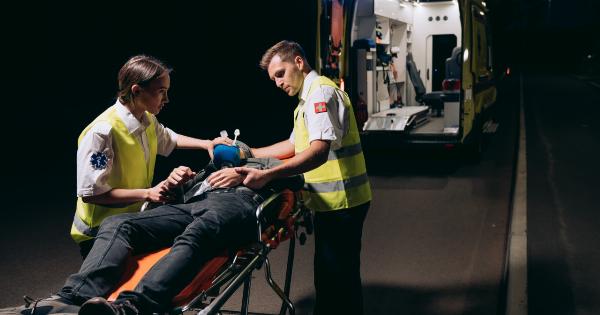Cramps are involuntary muscle contractions that can cause a sudden, sharp, and intense pain. They can occur in any muscle, but are most common in the legs, feet, and abdomen.
Cramps often last only a few seconds to a few minutes, but the pain can be severe. There are several different types of cramps, each with its own causes and risk factors.
1. Muscle Cramps
Muscle cramps are the most common type of cramps and can occur in any muscle. They typically happen suddenly and are often associated with muscle fatigue or overuse.
Muscle cramps can also be caused by dehydration, electrolyte imbalances, poor circulation, or nerve damage. Certain medical conditions such as diabetes, kidney disease, and thyroid disorders can also increase the risk of muscle cramps.
2. Menstrual Cramps
Menstrual cramps, also known as dysmenorrhea, occur in the lower abdomen and pelvic region during menstruation. These cramps are caused by contractions of the uterus as it sheds its lining.
Hormonal imbalances, such as elevated levels of prostaglandins, can make these contractions more intense and painful. Stress, lack of exercise, and smoking can also contribute to menstrual cramps.
3. Exercise-Associated Muscle Cramps
Exercise-associated muscle cramps (EAMC) are cramps that occur during or immediately after physical activity. The exact cause of EAMC is not well understood, but it is believed to be related to muscle fatigue, dehydration, and electrolyte imbalances.
Some individuals may be more prone to EAMC due to genetic factors or previous muscle injuries.
4. Nocturnal Leg Cramps
Nocturnal leg cramps are painful muscle contractions that occur at night during sleep. These cramps usually affect the calf muscles but can also occur in the thighs or feet.
The exact cause of nocturnal leg cramps is unknown, but risk factors include dehydration, muscle fatigue, prolonged sitting or standing, certain medications, and medical conditions such as peripheral artery disease.
5. Charley Horse
A Charley horse is a specific type of muscle cramp that commonly affects the calf muscles.
This intense cramping sensation can occur suddenly and is often associated with an imbalance of electrolytes in the body, particularly low levels of potassium, calcium, or magnesium. Overexertion, muscle strain, and dehydration can also contribute to Charley horses.
6. Heat Cramps
Heat cramps are muscle cramps that occur as a result of prolonged exposure to high temperatures or excessive sweating. They are most common during intense physical activity in hot environments.
Heat cramps are thought to be caused by an electrolyte imbalance resulting from sodium loss through sweat. Insufficient fluid intake and inadequate rest can also increase the risk of heat cramps.
7. Abdominal Cramps
Abdominal cramps can have various causes, including digestive issues such as gas, bloating, constipation, food intolerances, or menstrual cramps.
In some cases, abdominal cramps may be a symptom of a more serious condition, such as appendicitis, kidney stones, or gallstones. If abdominal cramps are severe, persistent, or accompanied by other concerning symptoms, medical attention should be sought.
8. Restless Leg Syndrome
Restless leg syndrome (RLS) is a neurological disorder characterized by an irresistible urge to move the legs, especially at night or during periods of rest.
While RLS is not considered a cramp itself, it often leads to leg discomfort and cramping sensations that can significantly disrupt sleep. The exact cause of RLS is unknown, but it is believed to be related to abnormalities in brain dopamine levels and genetics.
9. Pregnancy Cramps
Pregnancy cramps can occur during different stages of pregnancy and may feel similar to menstrual cramping. In early pregnancy, cramps are often caused by the stretching and growth of the uterus as the embryo implants itself in the uterine lining.
Later in pregnancy, cramps may be due to the expanding uterus putting pressure on surrounding muscles and ligaments. In some cases, severe cramping during pregnancy can indicate a problem and should be evaluated by a healthcare provider.
10. Writer’s Cramp
Writer’s cramp, also known as musician’s cramp or dystonia, is a focal dystonia that affects the muscles of the hand and fingers.
It is a neurological condition characterized by involuntary muscle contractions and spasms triggered by specific repetitive movements, such as writing or playing a musical instrument. The exact cause of writer’s cramp is unknown, but it is believed to involve a combination of genetic, environmental, and occupational factors.





